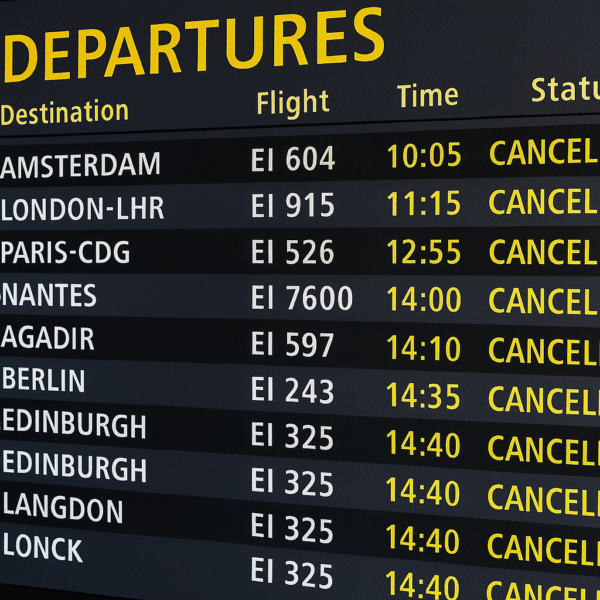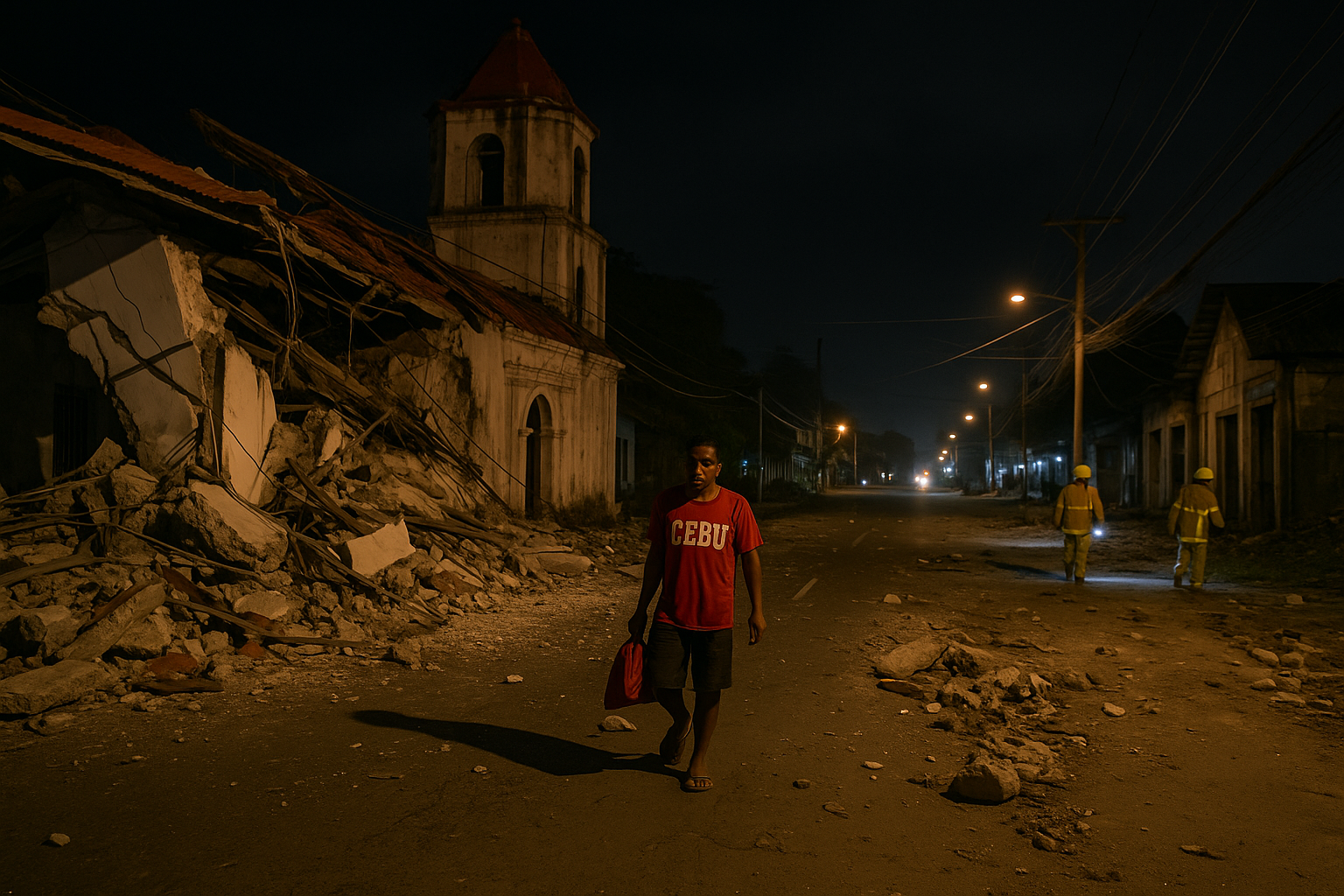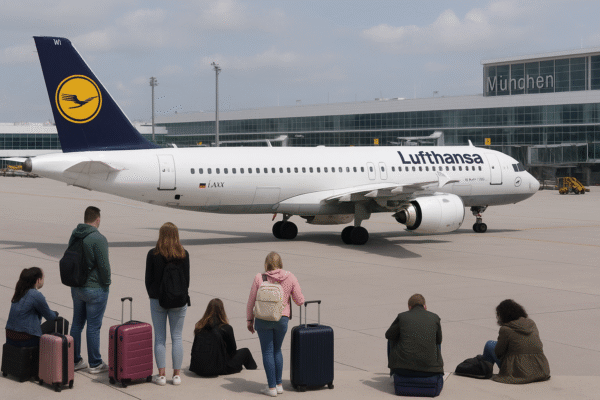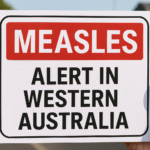As of mid-September 2025, France and Italy are facing sudden surges of chikungunya cases, sparking widespread concerns among travelers and the tourism industry. Chikungunya, a mosquito-borne virus transmitted by Aedes mosquitoes, is not new to Europe, but the rapid increase this year has put health authorities and tourism stakeholders on high alert.
France has reported around 383 confirmed cases so far in 2025, with 82 new infections surfacing in recent weeks. Most cases are concentrated along the southern and western coastlines—regions that traditionally attract millions of international visitors. Italy, meanwhile, has registered 60 new cases, with outbreaks affecting mainly the northern regions. These hotspots are raising alarms among travelers, particularly those planning late summer and autumn trips.
Impact on Tourism and Local Businesses
Tourism remains one of the cornerstones of the French and Italian economies. France, the world’s most visited country, relies heavily on its southern beaches and coastal resorts, while Italy thrives on northern regions rich with art, history, and scenic landscapes. However, the spread of chikungunya is creating anxiety among international tourists.
Travelers are now reconsidering their plans, leading to increased cancellations and rescheduling. Health concerns weigh heavily on visitors, especially families, elderly travelers, and those with pre-existing conditions. As a result, local economies dependent on tourism—from luxury resorts to small artisanal shops—are beginning to feel the strain.
Hotels and restaurants report declining bookings, while tour operators face sudden itinerary changes. In smaller towns and rural regions, where tourism is a lifeline, the decline in visitor numbers is hitting harder than in major urban centers. Some businesses are scaling back operations and adjusting staff levels to cope with reduced demand.
Travel Advisories and Health Precautions
Health agencies across Europe and internationally, including the U.S. Centers for Disease Control and Prevention, have issued updated advisories. Travelers are urged to adopt precautionary measures such as wearing long-sleeved clothing, applying mosquito repellents, and avoiding areas with stagnant water.
Medical professionals also recommend that travelers consult healthcare providers before visiting affected regions. Vaccination research for chikungunya is progressing, and while options exist, access remains limited in many parts of the world. Tourists who are able to receive vaccinations are encouraged to do so, particularly if traveling to areas with high infection rates.
Travel companies are responding with flexible booking policies and providing clear updates to clients. Many operators now design alternative itineraries to minimize exposure to outbreak zones, helping tourists maintain confidence while ensuring safety.
Economic and Cultural Ripple Effects
The consequences of the outbreaks extend beyond immediate health and safety concerns. Reduced tourist arrivals could mean long-term damage to the global image of France and Italy as safe travel destinations. Potential visitors may hesitate to book future trips, especially those from regions unfamiliar with mosquito-borne diseases.
This downturn could have cascading effects on sectors like transportation, entertainment, and cultural preservation. Museums, historical landmarks, and guided tours, which thrive on steady streams of tourists, are expected to see lower attendance. Local artisans and small businesses that depend on seasonal visitors may find it challenging to recover quickly.
In regions such as Provence in France or Lombardy in Italy, where tourism sustains entire communities, the outbreaks pose a direct threat to local livelihoods. Without sufficient tourist traffic, these destinations risk losing their economic vitality.
How the Tourism Industry Is Responding
Despite the challenges, tourism organizations in both France and Italy are implementing strategies to limit the fallout. Public health campaigns emphasize preventive measures and provide transparent updates to reassure travelers. By promoting awareness and encouraging responsible tourism, officials aim to balance safety with visitor confidence.
Marketing efforts are also shifting focus toward lesser-affected regions. Off-the-beaten-path destinations are being highlighted as safer, equally enriching alternatives. This approach not only helps distribute visitor traffic more evenly but also reduces the risk of overcrowding in affected areas.
Tour operators are also integrating health-conscious practices into their offerings, such as mosquito-safe accommodations and guided tours in areas with lower infection rates. These adaptations highlight the resilience of the industry and its ability to pivot in response to crises.
The Road to Recovery
While chikungunya outbreaks pose a significant short-term challenge, the tourism industry has historically shown resilience against health crises. By prioritizing safety, offering flexibility, and diversifying attractions, France and Italy are positioning themselves to recover quickly.
The outbreaks also serve as a reminder for tourists worldwide to adapt to health-conscious travel practices. As more travelers prioritize safety and sustainability, Europe’s tourism sector is expected to align with these trends, ensuring a safer and more adaptable travel experience.
In the coming months, continued collaboration between health authorities, local governments, and the tourism sector will be essential. Preventive efforts, combined with clear communication, can reassure visitors that France and Italy remain attractive and accessible destinations.
Conclusion
The chikungunya outbreaks of 2025 present immediate hurdles for France and Italy’s tourism industries, but not insurmountable ones. Through health awareness, flexible travel policies, and promotional strategies focusing on safer regions, the industry is finding ways to balance safety with visitor experiences.
Tourists who stay informed and take recommended precautions can still enjoy the culture, landscapes, and history that make France and Italy enduring favorites on the global travel map. In time, both nations are expected to recover and continue drawing millions of visitors who seek not only adventure but also safety and reassurance in their travels.
For more travel news like this, keep reading Global Travel Wire

















